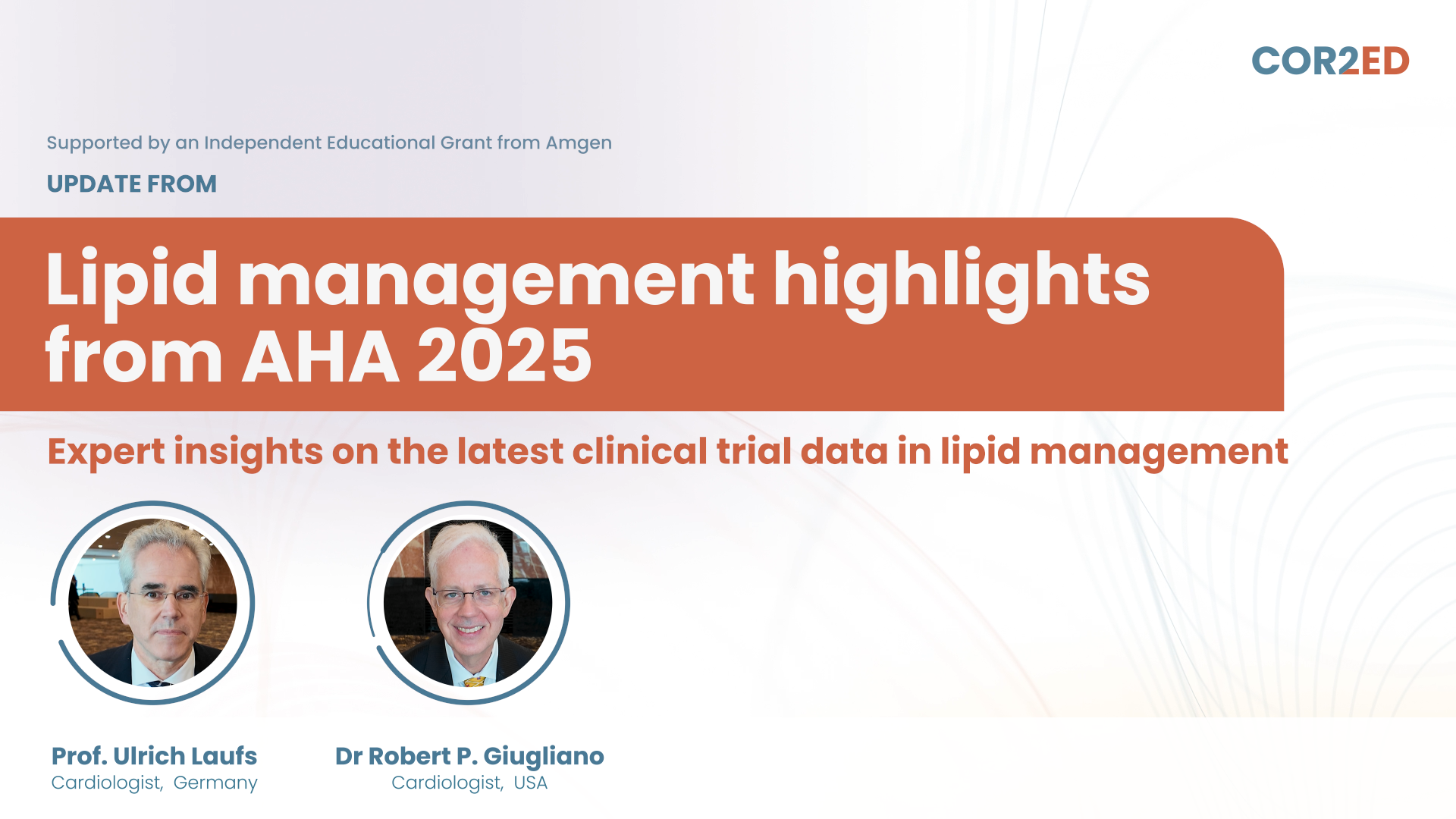In this interactive patient case video, you'll follow Martin’s journey through rapid and intensive heart failure therapy optimisation during and following his hospitalisation. Along the way, you'll answer questions at key points and engage with clickable resources to deepen your understanding of:
- How clinical and laboratory assessments inform therapeutic decision-making
- The clinical significance of key laboratory assessments and vital signs for recognising safety signals and/or worsening congestion
- The latest guideline recommendations and scientific insights for clinical heart failure management
Clinical Takeaways
-
In the pre- and post-discharge setting of hospitalisation for heart failure, frequent clinical and laboratory assessments play an inherent role in dosage decisions for heart failure medication
-
While addressing any safety signals, these assessments permit rapid and intensive optimisation of a heart failure therapeutic strategy that implicates multiple drugs
-
As part of heart failure patients' post-discharge follow-up visits, pay attention to signs and symptoms of congestion, and to blood pressure, heart rate, NT-proBNP values, blood potassium concentration, and estimated glomerular filtration rate




 6 MIN
6 MIN
 Nov 2025
Nov 2025 


 Downloadable
Downloadable 


